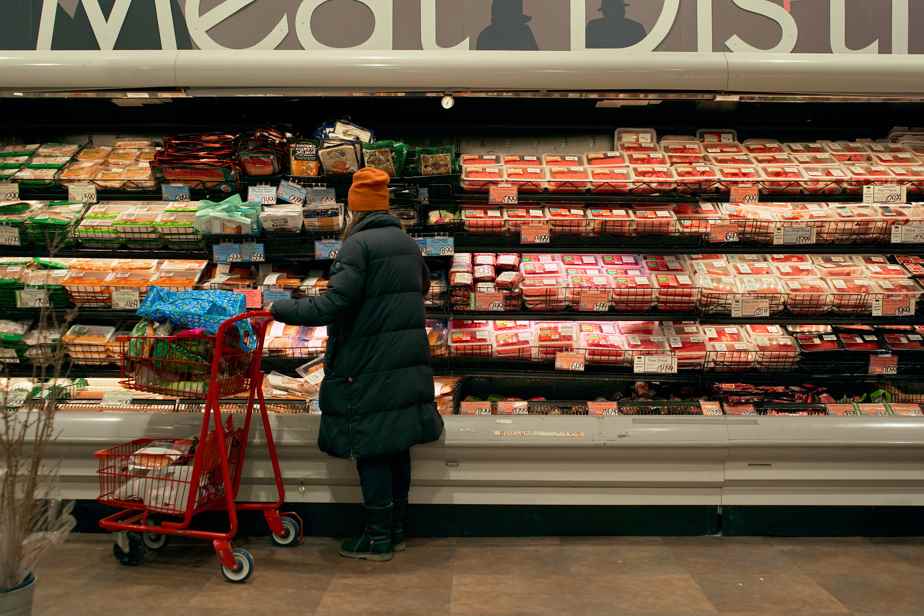Inflation edged down ever so slightly on an annual basis for the seventh consecutive month in January, narrowly continuing a deceleration that occurred as supply chains recovered and prices rose more slowly, even diminished, for a whole series of goods. But the details of the US report offer cause for concern.
Consumer price index data released on Tuesday showed price increases accelerating rapidly on a monthly basis last month. This held true for both key metrics: the one that includes gasoline and groceries, and the “core” index that excludes these products due to their month-to-month volatility. to give a better idea of the underlying inflation trend.
The price index increased by 6.4% in January compared to the previous year. This is a very slight slowdown from the 6.5% rate recorded in December and a notable drop from the peak of around 9% reached last summer. Compared to the previous month, prices rose 0.4% when excluding groceries and fuel to get a sense of the underlying inflation trend – a rapid pace of growth that matches to the December increase.
The suit underscores that while the Federal Reserve (Fed) has received positive inflation news — price rises are no longer relentlessly accelerating, as they have for much of 2021 and the first half of 2022 — , the return to normal could be long and bumpy.
It was expected to go away quickly and painlessly, and I don’t think it’s guaranteed at all.
Fed Chairman Jerome Powell at an event last week
The slowdown in inflation in recent months is largely due to a moderation in the rise in the prices of goods and commodities. Excluding the latter, services inflation – which includes healthcare, restaurant meals, pedicures and other non-food purchases – has remained exceptionally fast and has shown few signs of slowing.
Fed officials have been watching the possibility of decelerating these service price increases closely, betting that it will likely be necessary to bring them down to bring inflation back to the 2% they are targeting on average and over time. Central banks set their inflation target using a related, but later, measure of inflation.
Politicians fear it will be difficult to bring inflation back to normal at a time when the labor market is so strong, in part because companies could charge more by paying more to compete for a limited pool of workers. . Salaries are a significant cost of doing business for many service providers.
half a million jobs
Employers added more than half a million jobs in January, a surprisingly robust number, and increases in average hourly wages and other compensation indicators remain rapid, although they have started to slow.
The strength of inflation and the broader economy over the next few months will affect the level of interest rates that Fed policymakers eventually raise and how long they stay high. Central bankers have taken their key policy rate from near zero to over 4.5% in less than a year, and they expect it to rise slightly above 5%.
“The base case for me is that it will take a while, and we will have to do more rate hikes, and then we will have to look around and see if we have done enough,” Jerome Powell said the week. last.
This article was originally published in The New York Times.
